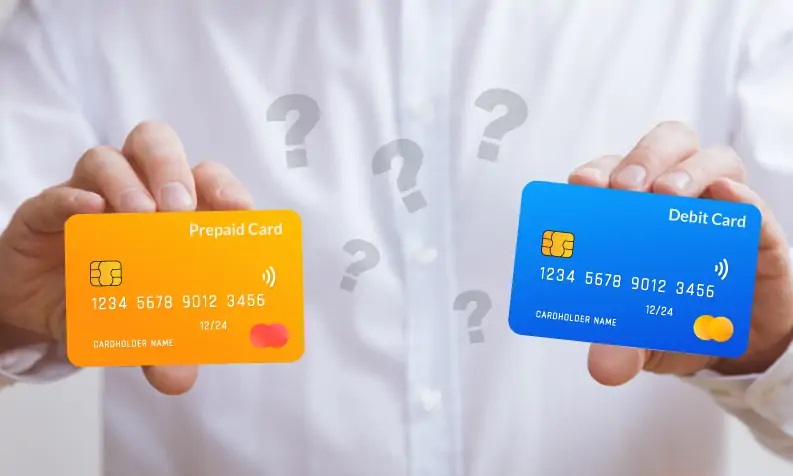Prepaid Card

A prepaid card is not linked to a bank checking account or to a credit union share draft account. Instead, you are spending money you placed in the prepaid card account in advance. This is sometimes called “loading money onto the card”.
In most cases, you can’t spend more money than you have already loaded onto your prepaid card. Overspending can occur with a checking account for some types of uses, and with a bank account debit card if you have “opted in” to your bank’s overdraft program. This means that your bank may charge you a fee for covering the cost of a purchase or ATM withdrawal that exceeds what you have in your account. Your bank will also require you to repay the overdraft.
Prepaid cards are very different from credit cards. This can be confusing because both types of cards may have a card network logo such as Visa, MasterCard, American Express, or Discover on them. When you use a credit card, you are borrowing money. Generally, when you use a prepaid card, you are spending money you have already loaded onto the card in advance. If your prepaid card provider also offers credit (including overdraft) on your prepaid card, it will need to comply with all the rules for other credit cards.